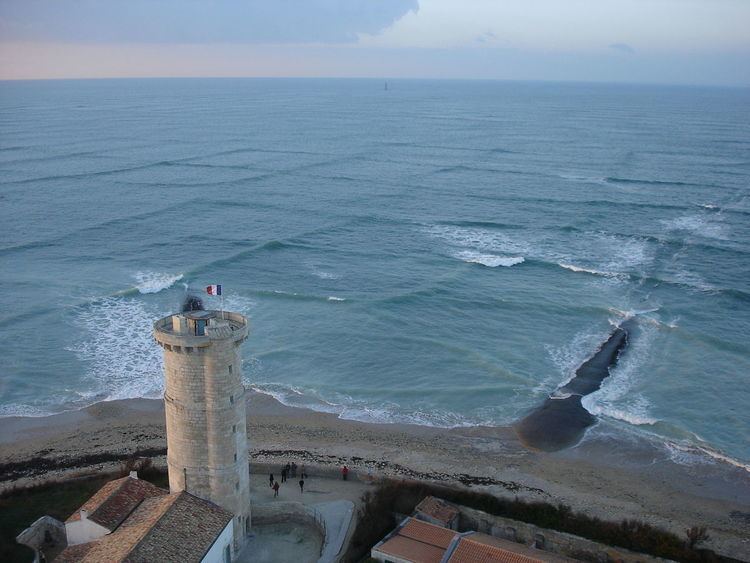 | ||
In mathematics and physics, the Kadomtsev–Petviashvili equation – or KP equation, named after Boris Borisovich Kadomtsev and Vladimir Iosifovich Petviashvili – is a partial differential equation to describe nonlinear wave motion. The KP equation is usually written as:
Contents
where
Like the KdV equation, the KP equation is completely integrable. It can also be solved using the inverse scattering transform much like the nonlinear Schrödinger equation.
History
The KP equation was first written in 1970 by Soviet physicists Boris B. Kadomtsev (1928–1998) and Vladimir I. Petviashvili (1936–1993); it came as a natural generalization of the KdV equation (derived by Korteweg and De Vries in 1895). Whereas in the KdV equation waves are strictly one-dimensional, in the KP equation this restriction is relaxed. Still, both in the KdV and the KP equation, waves have to travel in the positive x-direction.
Connections to physics
The KP equation can be used to model water waves of long wavelength with weakly non-linear restoring forces and frequency dispersion. If surface tension is weak compared to gravitational forces,
The KP equation can also be used to model waves in ferromagnetic media, as well as two-dimensional matter–wave pulses in Bose–Einstein condensates.
Limiting behavior
For
If we also assume that the solutions are independent of y as
Suppose the amplitude of oscillations of a solution is asymptotically small —
